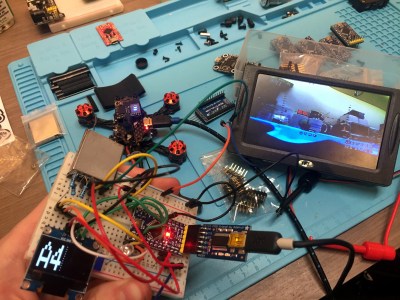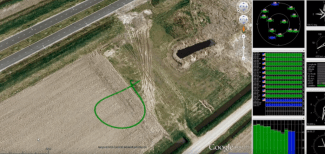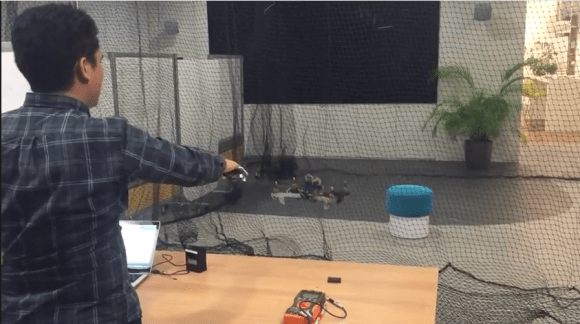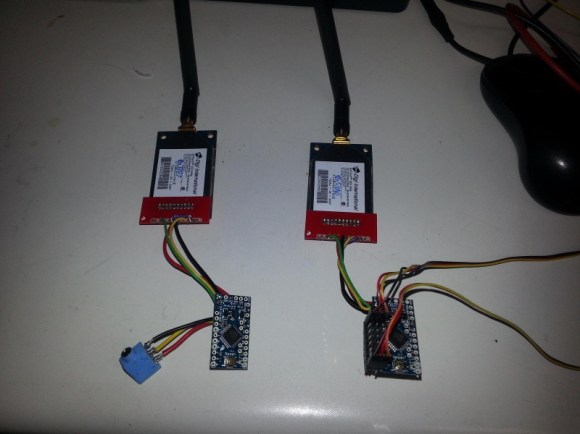19
We have to admit, we like airships. There’s something about the image of a stately zeppelin floating over Manhattan that just makes us imagine the future. There are not many airships anymore, but you can always build your own. [Crafty Robot] shows how to use one of their boards to make a simple and easy controlled balloon. Honestly, they don’t give you many details, but we know how to turn motors and servos. We loved their construction with hot glue and bamboo. Effective, and fun to say.
The bamboo skewers are easy to find and make a lightweight frame. Some drone motors provide thrust and some simple RC servos control the angle of the props. Nice and simple.
We really liked how the frame was so minimal and was something you could put on just about any kind of controller board in just a few minutes. The helium baloons are easy to get, too. You can even get the goop to put in them (or have it put in them) that makes them last a lot longer than they used to.
If you wanted to fly autonmously, any controller board would get you there. The video uses a phone app which we assume is part of the Smartibot they are promoting, but honestly, there are a lot of other ways you can get there.
Blynk comes to mind. Or roll your own with websockets. We were thinking if you mounted three motors 60 degrees apart, you might be able to get really nice control, especially if you had an optical flow sensor or something similar to close the loop.







